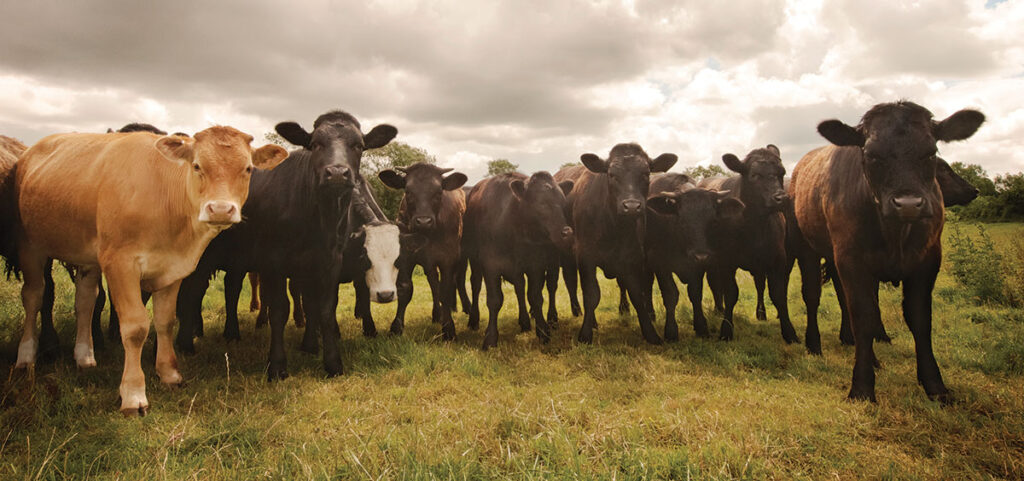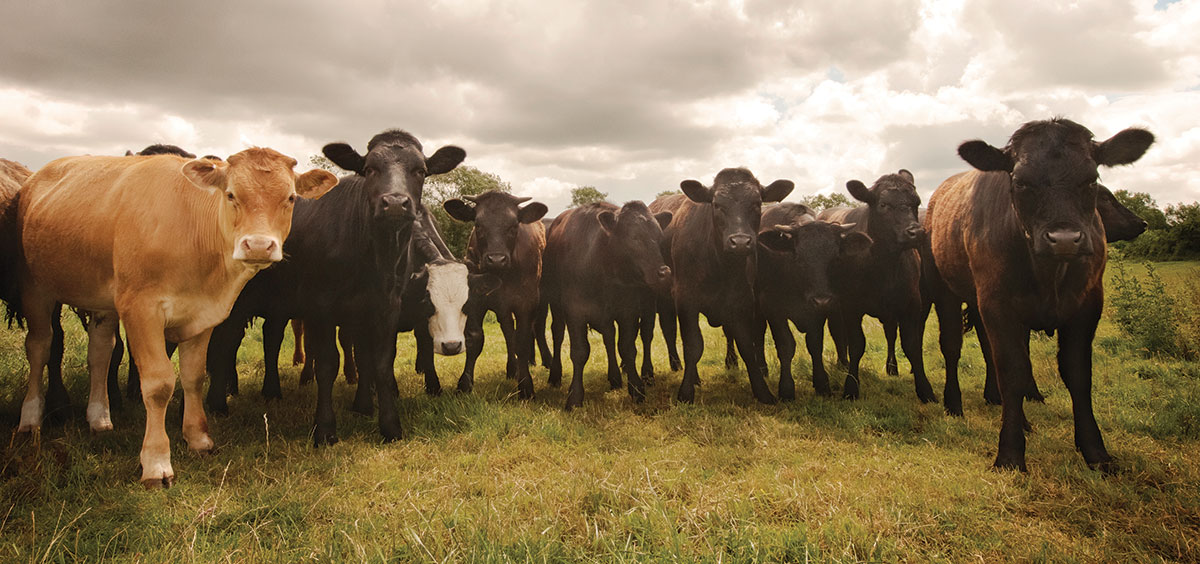
Tactics for producers to market their product
With the increase in the availability of marketing programs for large producers in the cattle industry, there are marketing techniques that small cattle producers can use to help their animals sell better when going to the sale.
Small producers create the same quality beef as larger producers. The only difference is, smaller producers don’t have the resources and branding larger one have.
“Big cattle make big checks,” said Justin Angell, a co-owner at Eastern Commission Company said. In the cattle operation, ranchers need to make a name for themselves. Start by weeding out the calves that don’t look the best and replacing them with calves that look superior. When it comes to selling cattle, people want to know where and who they’re buying from.
“It’s all about the looks,” said Jefferson Miller. Miller, an agricultural communications professor at the University of Arkansas and a new beef cattle rancher, said. “People who are in the cow/calf operation already know who they’re trying to sell to and who their main target audience is.”
People are wanting cattle to look similar when going to the sale. Have the same color calves and ones that are built similar grouped together when they go through the sale to have the most outcome.
“Do not be a member of the Bull of the Month Club. If you’re going to have three different bulls, you want them to all be the same color and same breed because you want your calves to look as uniform as possible,” said Angell.
According to Angell, there are seven things small producers can do to help increase the value of cattle going to the sale.
Increasing the value cattle all starts with a good vaccination program. It helps sell the calves when the auctioneer can announce the history of the calf and the health of each calf.
“Calves that have been weaned off for about 60 days and on a vaccination schedule will help the value of your cattle increase in price,” said Angell.
Another thing small producers can do to help market their cattle is market at the right time.
“Fall calving calves never hit a bad market. A calf that’s born in September that could be sold around April as the new grass starts coming up or sell the calf as a yearly will produced the highest market all year,” Angell said.
It’s also important to understand the types of operations.
“You have the cow/calf guys, who raise calves from birth to freshly weaned from their mommas. Then you have the backgrounders who buy theses calves that have been weaned and raised them to yearlings, which allows them to sell to the feedlot, and then you have the people who buy the calves from the backgrounders and finish them off on the feedlot,” he explained.
A small producer, he said, would have calves through the fall season, and it could be valuable to keep the calves through each phase.
“You can keep the calf throughout the phases and increase your value,” he said, adding that calves should also be close in age so all calves are the same size.
Making calves bigger and older help increase the value. Keeping calves for another 60 to 90 days to keep them to be around 11 to 12 months old, just a little under a year, and having them weigh about 600 to 700 pounds compared to a calf that weighs the same the short yearly with bringing around $20 to $100 more a head.
To become a successful smaller producer, farmers and ranchers need to keep the cost low and the outcome of the cattle high.
“For commercial cow/calf people, the number one factor is the fertility of the cow heard. To increase the fertility of the cow heard, you never want to keep a cow that hasn’t raised a calf,” Angell said. “Removing a cow that hasn’t been produced will help the cost of feeding down. You can’t keep something that won’t produce around because you’re just losing money.”
He also recommended finding a bull that is high in fertility.
Spilt marketing is another thing producers can do. Split marketing is selling all heifers at on time, then selling all steers. Heifers are typically sold at a lower weight than steers.






